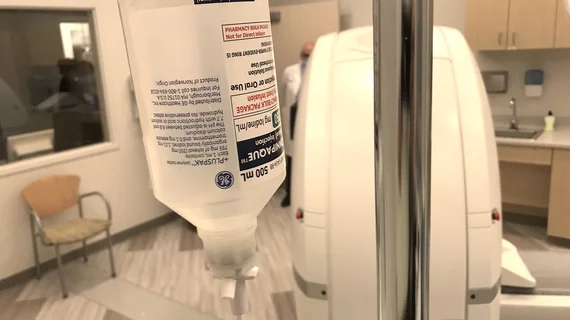Omnipaque and Visipaque still listed among the FDA's drug shortages
The U.S. Food and Drug Administration just recently updated its running list of drugs that are in short supply, and as of September 2, Iodixanol and Iohexol injections are still on that list.
The injections first made their appearance on the FDA’s shortage list on May 9, shortly after GE announced the temporary closure of its manufacturing facility in Shanghai due to COVID lockdowns. That facility just so happens to produce more than half of the United States’ iodinated contrast supply. Its closure resulted in an 80% reduction in availability and has caused thousands of exams the require contrast to be delayed.
Initially, GE indicated that the supply chain issues would be resolved within eight weeks. But now in the first week of September, the contrast shortage continues to linger, despite the fact that the Shanghai facility has been operating at full capacity since June.
The good news is that the supply of both Iohexol (Omnipaque) and Iodixanol (Visipaque) have recovered on some level, depending on a few different factors, including dosage and the sizes/materials of the bottles/vials. Encouragingly, additional presentations of both injections will become available sometime between September and October, barring any unforeseen circumstances.
However, according to the FDA’s most recent update, some presentations will remain out of stock or backordered until January 2023.
Since the onset of the supply chain disruption, the FDA has taken multiple steps to help mitigate the contrast shortage, including temporarily approving the importation of foreign-labeled iodinated contrast and working the the American College of Radiology to devise numerous preservation tactics.
For the detailed list of Iohexol (Omnipaque) presentations currently available and information on when additional versions will be available, click here.
The same information pertaining to Iodixanol (Visipaque) can be found here.

